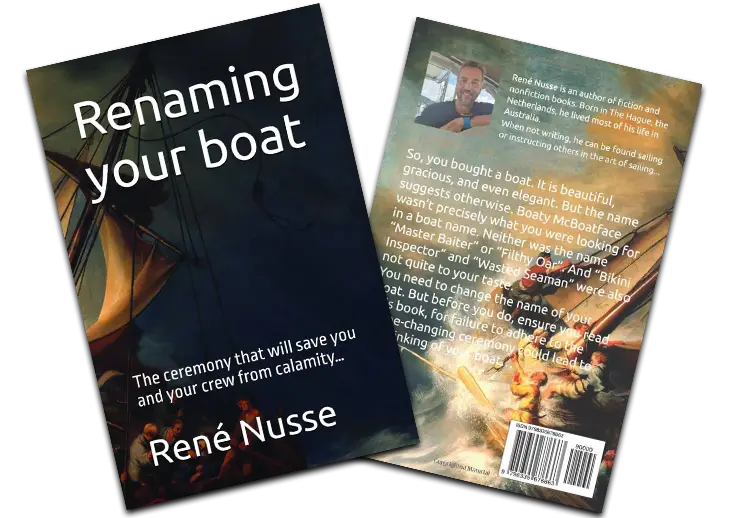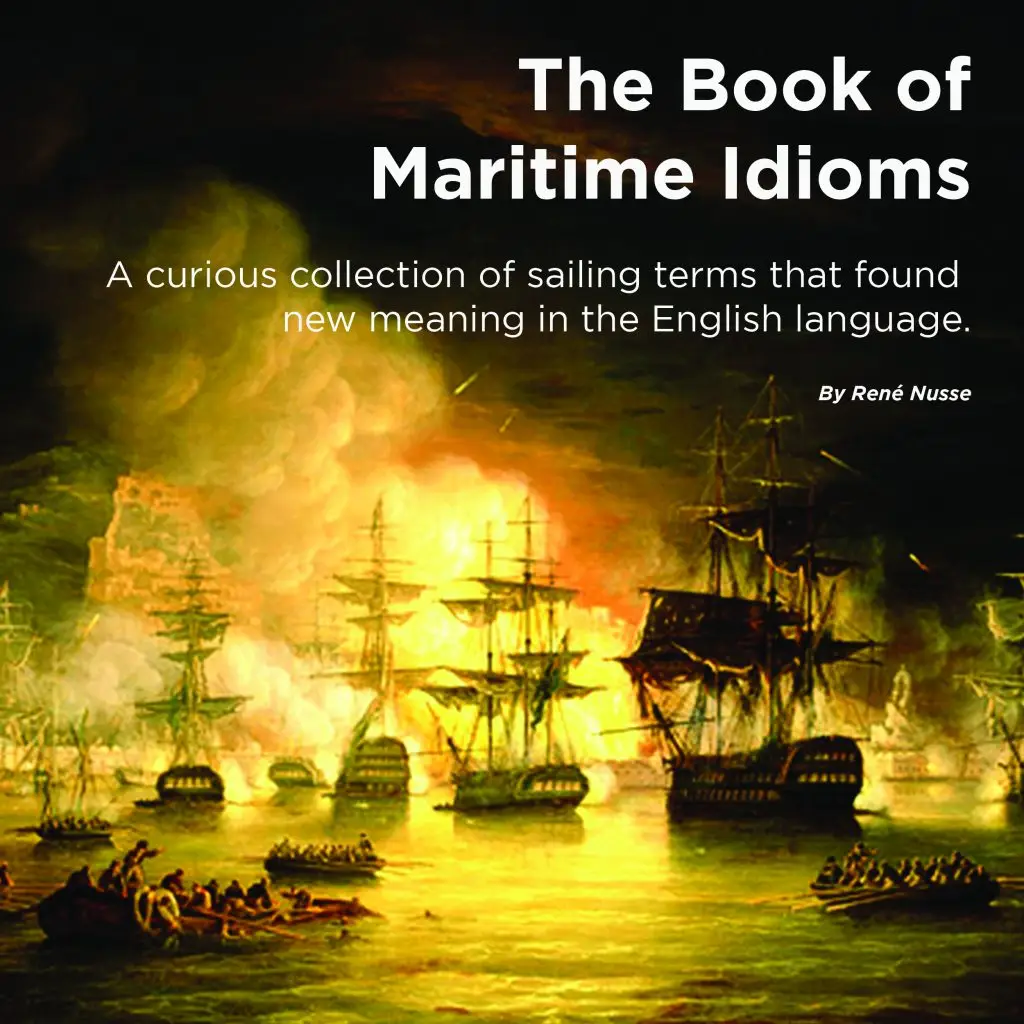What type of material are sails made from?
Sails are made from various materials, each suited for different sailing conditions, performance requirements, and durability needs. The type of sail material chosen depends on factors like wind strength, the kind of vessel, and the desired lifespan of the sail. Below are the main types of materials used for sails:
1. Cotton
- Description: Cotton is one of the oldest materials used for sails. It is lightweight, breathable, and easy to handle. Cotton was widely used in traditional sailing ships but has largely been replaced by synthetic materials in modern applications.
- Advantages:
- Traditional, classic appearance
- Soft and pliable
- Good for vintage or classic boats
- Disadvantages:
- Prone to mildew and rot if not cared for properly
- Less durable and weaker than synthetic fibres
- Loses shape and strength when wet
- Common Uses: Classic or heritage vessels, recreational sailboats for light winds.
2. Dacron (Polyester)
- Description: Dacron (a brand name for polyester) is the most common material used for modern sails, known for its balance of durability, cost-effectiveness, and ease of care.
- Advantages:
- Durable, UV-resistant, and easy to maintain
- Stable shape retention, even under varying loads
- More affordable than some high-performance materials
- Disadvantages:
- Slightly heavier than other modern materials
- Not as strong as higher-end fibres like Kevlar or carbon fibre
- Common Uses: Cruising boats, day sailors, and smaller recreational vessels.
3. Nylon
- Description: Nylon is a synthetic material that is lightweight and strong, typically used for headsails like genoa and spinnakers, as well as for lighter cruising sails.
- Advantages:
- Lightweight and easy to pack
- Strong and resistant to tearing
- Good for use in light to moderate winds
- Disadvantages:
- Prone to UV degradation over time (not as UV-resistant as polyester)
- Stretchy under load, which can affect performance
- Can be slippery and difficult to handle in high winds
- Common Uses: Spinnakers, cruising headsails, and light-air sails.
4. Kevlar (Aramid Fiber)
- Description: Kevlar is a high-performance, synthetic material that is incredibly strong, lightweight, and resistant to stretching. It’s often used in racing sails.
- Advantages:
- Extremely strong and lightweight
- Excellent resistance to stretching, maintaining sail shape
- Highly durable and resistant to abrasion
- Disadvantages:
- More expensive than other materials
- Prone to UV degradation if not treated properly
- Can be harder to handle due to its stiffness
- Common Uses: Racing sails, high-performance cruisers, and performance headsails.
5. Carbon Fiber
- Description: Carbon fibre is one of the most advanced materials used in modern sailing, known for its extremely high strength-to-weight ratio and low stretch. It’s commonly used in high-performance sails for racing.
- Advantages:
- Extremely lightweight and strong
- Exceptional resistance to deformation and stretching
- Best for high-performance racing applications
- Disadvantages:
- Very expensive
- Requires careful handling and maintenance to avoid damage
- Can be brittle and prone to breakage under certain conditions
- Common Uses: Top-tier racing boats, superyachts, and high-performance sails.
6. Mylar
- Description: Mylar is a polyester-based film combined with other fibres (like Kevlar or carbon fibre) to create strong, durable, lightweight sails. It’s often used for racing sails or high-tech cruising sails.
- Advantages:
- Lightweight, strong, and resistant to UV damage
- Low stretch, excellent shape retention
- Often used with reinforcing fibres to increase strength and durability
- Disadvantages:
- More expensive than Dacron
- Can be prone to wrinkling or delamination in certain conditions
- Common Uses: Racing, high-performance cruising, and dinghy racing sails.
7. Hybrids (e.g., Dacron-Mylar, Dacron-Kevlar)
- Description: Hybrid sails combine different materials to exploit each other’s strengths. For example, a Dacron-Mylar sail might combine Dacron’s durability with Mylar’s low stretch and UV resistance.
- Advantages:
- Combines the best properties of different materials
- Tailored to specific sailing conditions and performance needs
- Flexible in terms of performance and longevity
- Disadvantages:
- Can be more expensive than using just one material
- Complex construction and handling
- Common Uses: Cruising yachts that require a balance of durability and performance.
8. Spectra / Dyneema (Ultra-High Molecular Weight Polyethylene – UHMWPE)
- Description: Spectra and Dyneema are advanced synthetic fibres known for their extremely high strength-to-weight ratios and low stretch. These materials are often used in high-performance sails.
- Advantages:
- Extremely lightweight and strong
- Very low stretch, maintaining shape under load
- Excellent resistance to UV degradation, abrasion, and wear
- Disadvantages:
- Expensive
- Can be more challenging to handle due to stiffness
- Requires special handling to avoid damage from chafe
- Common Uses: Racing, performance cruising, high-end superyacht sails.
9. Laminated Fabrics (e.g., Membrane Sails)
- Description: Laminated fabrics bond multiple layers of material together, such as Mylar, polyester, or aramid fibres. This results in a highly durable and strong sail with controlled stretch properties.
- Advantages:
- Excellent strength-to-weight ratio
- Low stretch, excellent for maintaining shape under varying loads
- Customizable for specific performance needs
- Disadvantages:
- Expensive and typically more difficult to repair
- Can become more brittle over time, especially in extreme UV conditions
- Common Uses: High-performance racing, grand prix yachts, and advanced cruising yachts.
Conclusion:
The choice of sail material depends on the type of sailing you intend to do, the conditions you’ll face, and your performance goals. For example:
- Dacron is ideal for cruising and recreational boats due to its affordability and durability.
- Kevlar and carbon fibre are best for high-performance racing sails, providing strength and low stretch for optimal speed.
- Nylon is great for lightweight, downwind sails like spinnakers.
- Hybrid materials allow for a tailored approach, balancing durability and performance for specific needs.
Each material has strengths and weaknesses, and it is essential to choose the right one for your boat’s intended use and your sailing environment.

NAVIGATION RULES CLINIC + BASIC SAIL TRIM COURSE
Author
-

Rene is a keelboat instructor and sailing coach in the Mandurah area WA. He is also the author of several books about sailing including "The Book of Maritime Idioms" and "Renaming your boat".
View all posts


